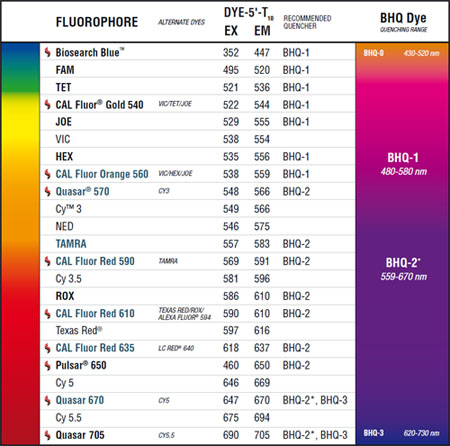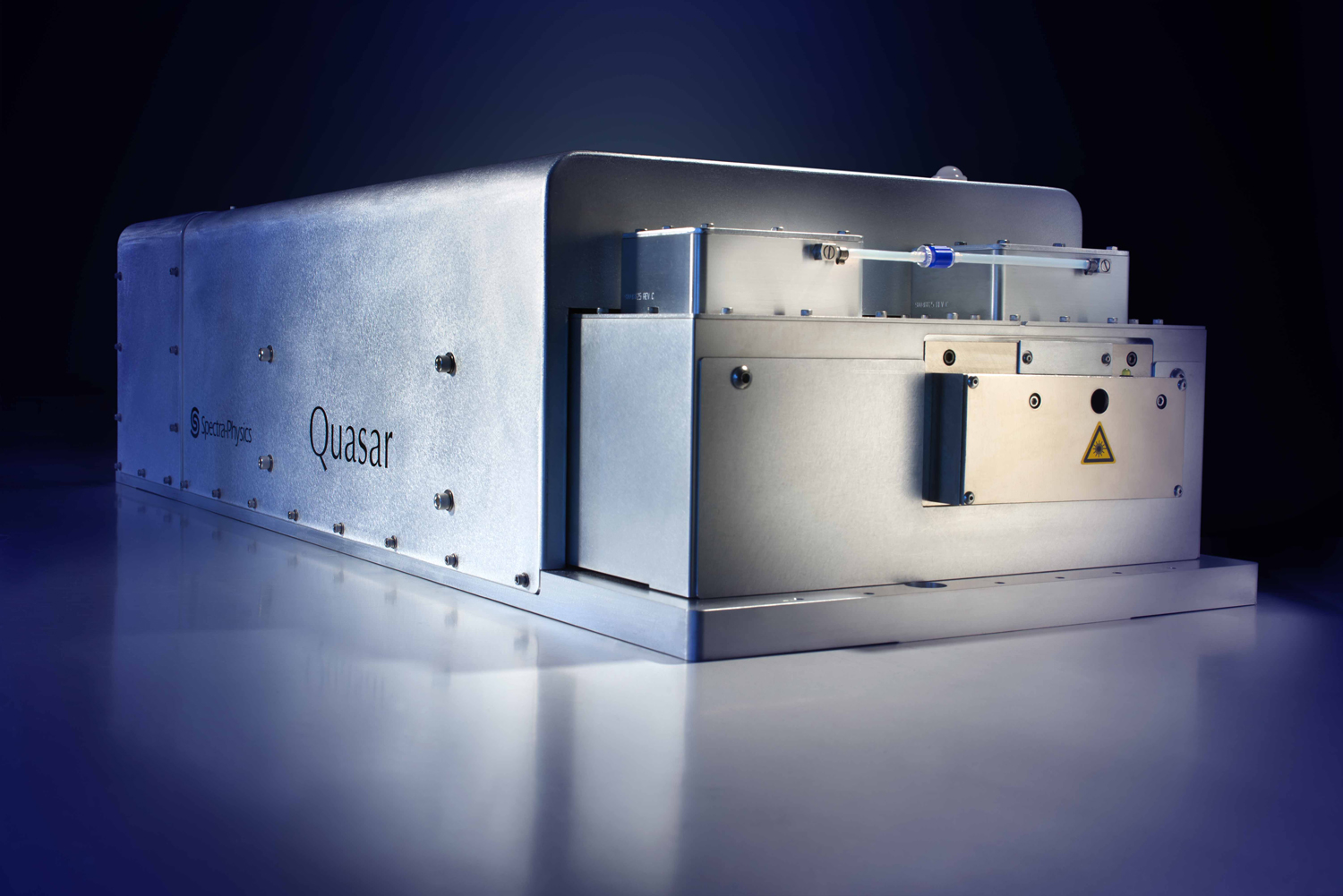

Emission-line shifts relative to nominal laboratory wavelengths are seen for many of the ionic species. We have identified over 80 emission-line features in the spectrum. The median composite covers a rest-wavelength range from 800 to 8555 Å and reaches a peak signal-to-noise ratio of over 300 per 1 Å resolution element in the rest frame. The input spectra cover an observed wavelength range of 3800-9200 Å at a resolution of 1800. The quasar sample spans a redshift range of 0.044 ≤ z ≤ 4.789 and an absolute r′ magnitude range of -18.0 to -26.5. N2 - We have created a variety of composite quasar spectra using a homogeneous data set of over 2200 spectra from the Sloan Digital Sky Survey (SDSS).

T1 - Composite quasar spectra from the sloan digital sky survey The input spectra cover an observed wavelength range of 3800-9200 and Christy Tremonti and Alan Uomoto and Patrick Waddell and Brian Yanny and Wei Zheng", An electronic table of the median quasar template is available.Ībstract = "We have created a variety of composite quasar spectra using a homogeneous data set of over 2200 spectra from the Sloan Digital Sky Survey (SDSS). Most of the spectrum is populated by blended emission lines, especially in the range 1500-3500 Å, which can make the estimation of quasar continua highly uncertain unless large ranges in wavelength are observed. Stellar absorption lines, including higher order Balmer lines, seen in the composites suggest that young or intermediate-age stars make a significant contribution to the light of the host galaxies. The abrupt change in slope can be accounted for partly by host-galaxy contamination at low redshift. At wavelengths longer than the Lyα emission, the continuum of the geometric mean composite is well fitted by two power laws, with a break at ≈5000 Å. The magnitude of the forbidden line shifts is ≲100 km s -1, compared with shifts of up to 550 km s -1 for some of the permitted and semiforbidden lines. Peak shifts of the broad permitted and semiforbidden lines are strongly correlated with ionization energy, as previously suggested, but we find that the narrow forbidden lines are also shifted by amounts that are strongly correlated with ionization energy. We have created a variety of composite quasar spectra using a homogeneous data set of over 2200 spectra from the Sloan Digital Sky Survey (SDSS). Szokoly, Christy Tremonti, Alan Uomoto, Patrick Waddell, Brian Yanny, Wei Zheng Siegmund, Stephen Smee, Yehuda Snir, Chris Stoughton, Christopher Stubbs, Mark Subbarao, Alexander S. Lupton, Avery Meiksin, Aronne Merelli, Jeffrey A. Hennessy, Željko Ivezić, Stephen Kent, Peter Z. Crocker, István Csabai, Mamoru Doi, Douglas Finkbeiner, Scott Friedman, Joshua A.

Brinkmann, Robert Brunner, Scott Burles, Larry Carey, Francisco J.


 0 kommentar(er)
0 kommentar(er)
